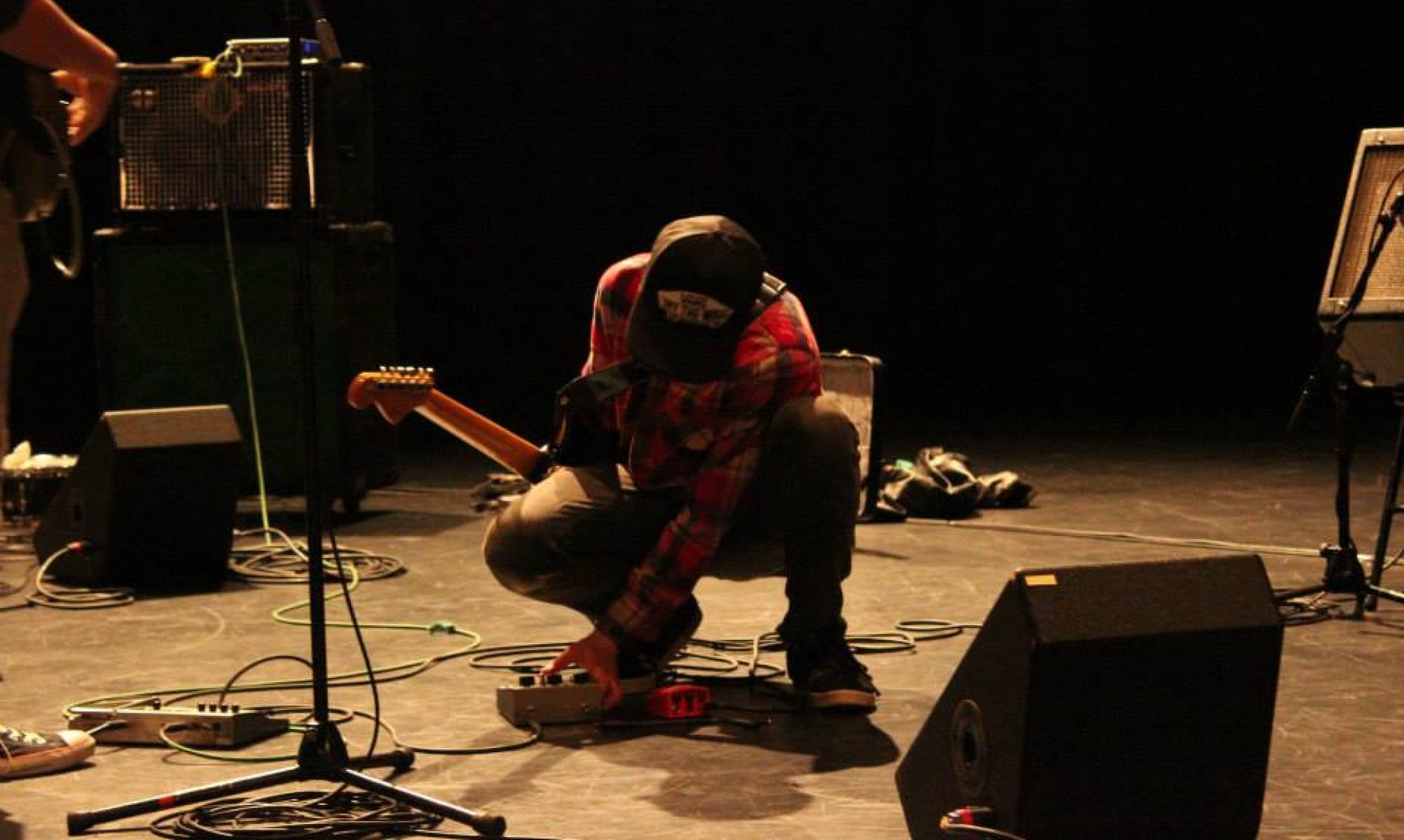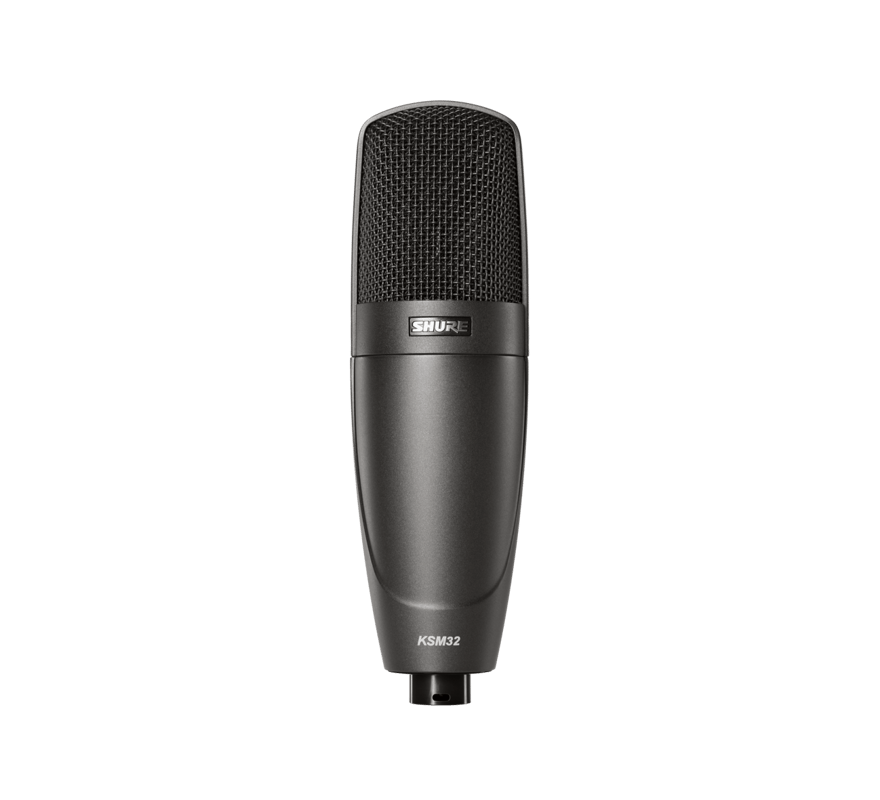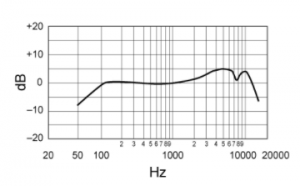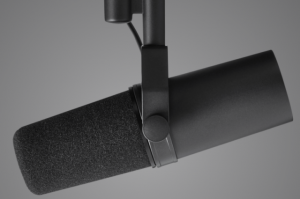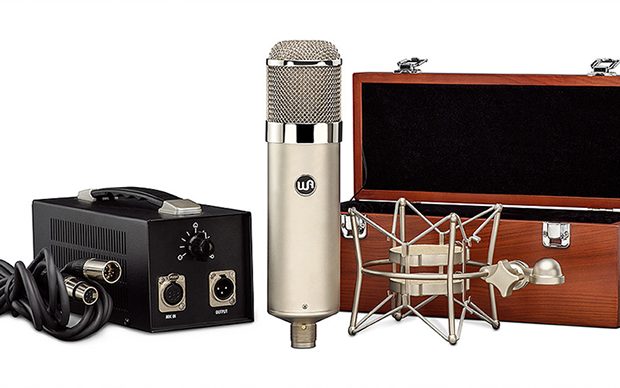 The Warm Audio WA-47 is a large-diaphragm tube condenser microphone with a switchable polar pattern, designed to emulate the sound of the classic Neumann U 47. (Presumably the 1958-1965 version with the VF 14 tube and the K 47 capsule.)
The Warm Audio WA-47 is a large-diaphragm tube condenser microphone with a switchable polar pattern, designed to emulate the sound of the classic Neumann U 47. (Presumably the 1958-1965 version with the VF 14 tube and the K 47 capsule.)
WA-47 price: $1 200 CAD
Neumann U 47 (second-hand in 2021): $15 000 CAD (Yes, fifteen thousand.)
Uses: The WA-47 can be used on any source as long as the volume isn’t high enough to overload the tube. Especially pleasing results can be achieved if a warm and slightly dark sound is desired for your source. The WA-47 also has a switchable polar pattern, which allows it to be used in many different multi-mic configurations such as A/B, X/Y, or M/S. Its ability to switch polar patterns would also allow you to control room reflections and the amount of proximity effect when close-miking.
Components:
- Capsule: Neumann K 47-style capsule, with the same hole pattern and frequency response as the original. Externally biased, centre-terminated, dual 6μ mylar diaphragms, single backplate.
- Electronics: 5751 Vacuum tube, TAB-Funkenwerk transformer, Wima, Solen French, and polystyrene capacitors.
Technical Specifications:
- Frequency Response (Cardioid): 20Hz-20kHz / 50Hz-18kHz, ±3dB

- Selectable Polar Patterns: Full range from omnidirectional to figure-of-eight.
- Self-Noise: 10dBA
- Signal/Noise Ratio: 82dBA
- Maximum SPL: 140dB (<0.5% THD)
- Output Impedance: 200 ohms
- Rated Load Impedance: ≥2kOhms
Warm Audio link: https://warmaudio.com/wa47/
Neumann U 47 Wikipedia link: https://en.wikipedia.org/wiki/Neumann_U47
-Nick Andreev
